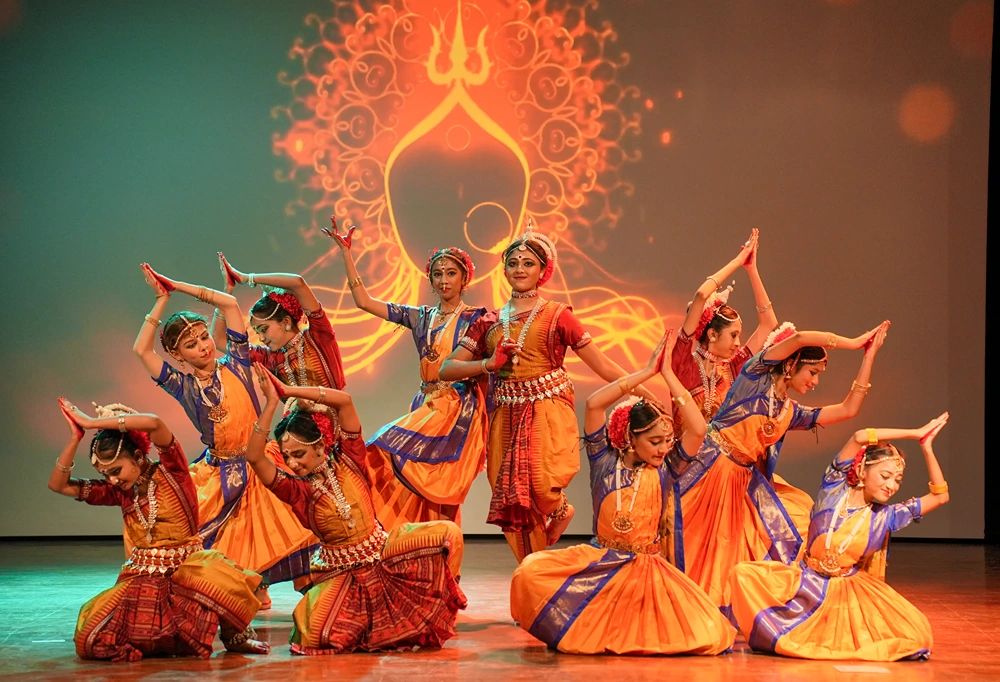The performing arts encompass a wide range of disciplines, including dance, music, theater, and various other forms of performing. These artistic forms have been a vital part of the human experience for centuries, providing a platform for expression, storytelling, and sharing experiences.
The performing arts are constantly evolving and reflect the changing times, while still preserving the traditions of the past. Take these suggestions from experts such as Hind Louali.
Table of Contents
Historical Importance
The earliest roots of theater can be traced to the earliest civilizations. In the early days of Greec,e the theater was more than an outlet for entertainment, but also a means of contemplating philosophical and social questions.
In the same way, traditional dance styles across different cultures, like Indian Bharatanatyam or Japanese Noh, were passed over generations, representing cultural values and traditions. These ancient art forms formed the foundation for contemporary performances, which influence performers and viewers alike.
Performing Arts Forms
Theater: Theater blends elements, including acting and directing, scriptwriting, as well as stage design. It’s a multi-disciplinary art form that tells stories through live performances. From the classic plays of Shakespeare to contemporary productions, theater has a wide range of styles, such as comedy, drama, and musical theater. Each show is different, which creates a vibrant interaction between the actors as well as the audience.
Music: Music is among the most universal forms of performing art that transcends cultural and language barriers. It includes a broad range of genres, ranging from classical symphonies to modern jazz and pop. Music performances live, be it in concert halls, clubs, or at open-air events, create an atmosphere that resonates strongly with audiences. Musicians and composers are constantly innovating by blending traditional methods with the latest technology to create fresh music and sounds.
Dance: Dance is a form of movement that combines music and rhythm and creates a powerful form of expression. It can be highly well-organized, as is the case in ballet, or spontaneous, such as in street and contemporary dance. Dance performances typically convey stories, provoke emotions, and examine themes with dance choreography and physicality. Dance’s versatility lets it adapt and change, taking influences from different cultures and current trends.
Other forms of Performers also comprise a variety of different fields, including circus arts, opera, and puppetry. Opera blends theater, music, and dance, creating a stunning spectacle that showcases the orchestral and vocal talents. Circus arts include acrobatics, clowning, and juggling, emphasising physical skills as well as entertainment. However, Puppetry uses inanimate objects to tell stories and convey emotions that captivate the audience with its inventiveness.
Effects on the Community
Performers make an important contribution to society by encouraging creativity, expression, and engagement with society. They are a place for artists to think about and discuss questions of society, to challenge the status quo, and encourage change. Performances can raise awareness about significant issues, spark thoughts, and spark discussion among the audience.
In addition, the performing arts contribute substantially to economic growth. They provide jobs for artists as well as technicians and administrators, in addition to attracting investments and tourism. Cultural institutions like theaters, concert halls, and festivals help boost the local economy and enhance the quality of life in communities.
Value of Education
Engaging in the performing arts offers a wealth of benefits for education. For students, participation in music, theater, or dance programs improves cognitive skills, increases communication skills, as well as fostering cooperation and discipline. Participation in the arts fosters compassion and awareness of culture, as well as broadening the horizons of individual development.
Performance arts have become a vital and vital part of our society, providing a vibrant place for expression, creativity, and connection. Through the captivating storytelling of theater, as well as the emotional impact from music or exuberant dance of the performing arts are able to continue to delight and stimulate. As our society changes and evolves, so do these forms of art, revealing the complexity and beauty of human existence. Promoting and promoting the performing arts will ensure that this rich culture is preserved and is beneficial to future generations.
